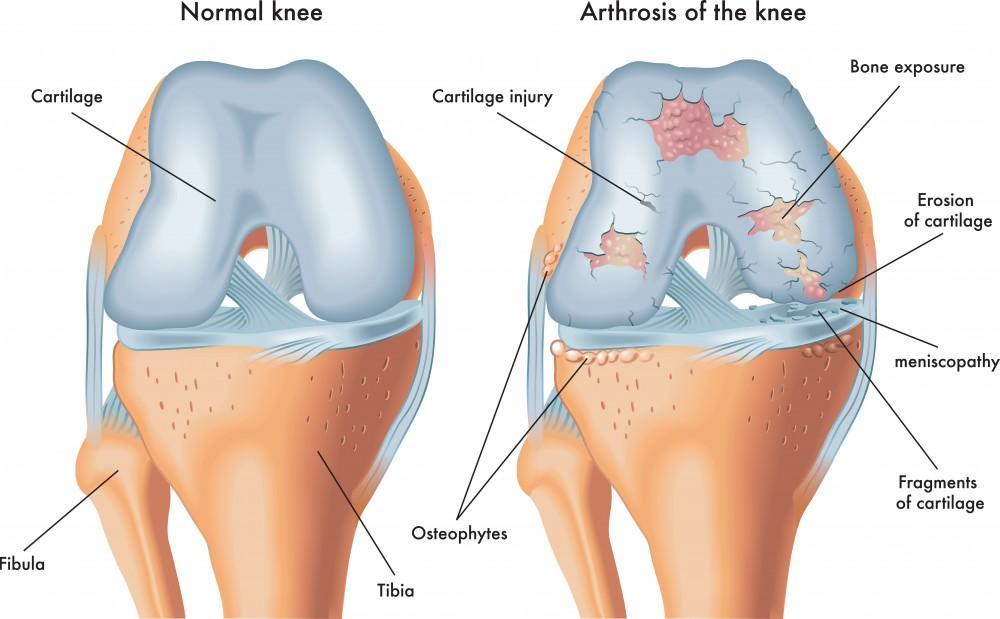
Articular cartilage of the knee can be damaged by injury or by typical wear and tear.
Unfortunately, cartilage does not heal on its own, so multiple surgical techniques have been developed to treat cartilage lesions.
What are your options to treat cartilage injury of the knee?
Microfracture
The purpose of microfracture is to stimulate growth of new articular cartilage by creating a new blood supply. The surgery is done arthroscopically; multiple holes are created in the site of the cartilage injury with an awl, which creates a healing response. New blood supply is then able to reach the joint surface and a "fibrocartilage" is formed. Fibrocartilage is not as durable as hyaline cartilage, but this technique may be utilized for very small cartilage lesions of the knee in lower demand/less active individuals.
Matrix-induced Autologous Chondrocyte Implantation (MACI)
MACI is a two-stage procedure in which new cartilage cells are grown from the patient's own healthy cartilage tissue and then implanted in the cartilage defect.
Stage 1:
Healthy cartilage tissue is taken (biopsy) from a non-weightbearing area of the bone arthroscopically. The biopsy is about the size of a tic tac. The biopsy is sent to a special lab and the cells are cultured on a collagen matrix (a biologic scaffold) and increase in number over approximately 4-6 weeks.
Stage 2:
An open surgical procedure is then performed to implant the newly grown cells onto the cartilage/chondral defect.
MACI is a great procedure for active, younger patients who have single defects larger than 2 cm in diameter in size.
Osteochondral Allograft Transplantation
If a cartilage defect is too large for an autograft or the underlying bone is edematous/damaged, an osteochondral allograft may be considered.
An OCA graft is compresied of cartilage and bone. The allografts provide hyaline cartilage to the defect. The benefit of an allograft is that it can be shaped to fit the exact contour of the defect and then press fit into place. Allografts are typically done through an open incision.
Have Questions? Call 720-726-7995 to set up a consult?






